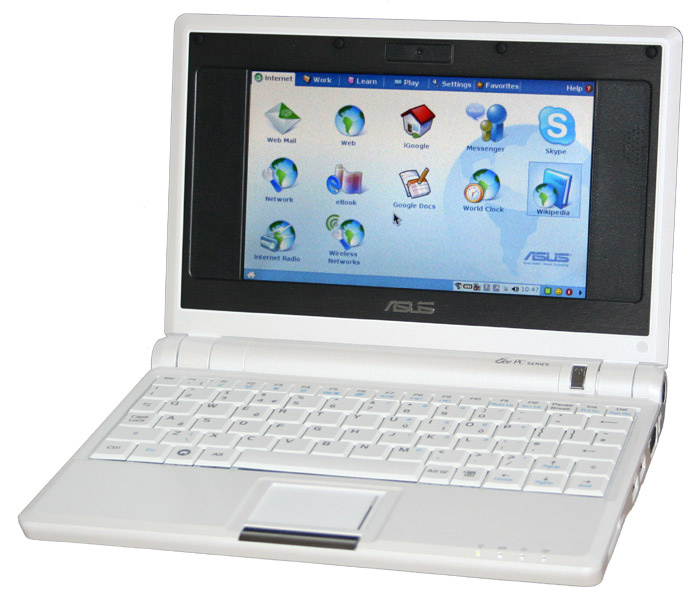 Although the Linux kernel version 2.6.27 has not yet been officially released, I was able to download, build and patch release-candidate-8 for my EEE PC with many notable improvements - most notably a working ath5k module. Correction: The Linux kernel version 2.6.27 was released 20081009 and you can read the changes here.
Although the Linux kernel version 2.6.27 has not yet been officially released, I was able to download, build and patch release-candidate-8 for my EEE PC with many notable improvements - most notably a working ath5k module. Correction: The Linux kernel version 2.6.27 was released 20081009 and you can read the changes here.First of all, I was actually planning on using the 2.6.26-gentoo sources, which implemented the changes upstream that I had made for the 2.6.24-eee-r1 sources, because it already had the eeepc-laptop module sources included, and (limited) ath5k support.
However, when I tried to 'modprobe ath5k' with the 2.6.26-gentoo kernel, I encountered a nasty error message saying that the AR2425 chip is still under development (boo-urns!), and that support for the AR2425 chip would be included in the 2.6.27 sources. That made me revert back to my 2.6.24-eee-r1 linux kernel, but not for long!
Having never been the type to accept defeat so easily, I decided to use the vanilla-sources-2.6.27-rc8. The main difference between the vanilla and Gentoo sources are, that the Gentoo kernel sources (and subsequently the eee sources) are patched versions of the vanilla kernel, which include security fixes as well as various other features (SquashFS for example).
Now, I do need SquashFS for my squashed portage, but the security patches I could do without for the time being, until Kernel.org, and Gentoo, release their respective 2.6.27 kernel sources. Aside from that, I would need to compile external modules for the EEE pc, such as uvcvideo (webcam), eeepc-linux (Fan / CPU / FSB control).
Thanks to the inclusion of the eeepc-laptop sources, providing ACPI interfaces for all of the EEE PC Fn buttons, I could now omit the external asus-acpi module, as well as the quasi-proprietary ath_hal module provided with net-wireless/madwifi-ng.
Yes, that's right! Now the Atheros chipset on the EEE PC will work with the standard 'wext' wireless interface, allowing the unpatched version of NetworkManager to run seamlessly!!! Although I have switched to WICD since the last time I tried to use NetworkManager, but I thought I'd mention the changes anyway.
Here are a few patches that might be of interest:
eeepc-linux-2.6.27-rc8.patch
linux-2.6.27-rc8-squashfs3.4.patch
atl2-2.6.27-rc8.patch
All of these will work with sys-kernel/vanilla-sources-2.6.27_rc8.
Enjoy!

